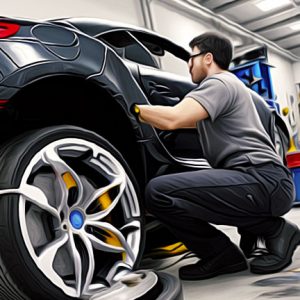 If you have ever banged your head trying to understand a warning light on your dashboard or had no idea what a fan belt was, then you might be like me. In that case, I hope that this small guide into purchasing and maintaining a second-hand vehicle helps you a little. It’s a mishmash of tips and tricks that I have painstakingly learnt this year.
If you have ever banged your head trying to understand a warning light on your dashboard or had no idea what a fan belt was, then you might be like me. In that case, I hope that this small guide into purchasing and maintaining a second-hand vehicle helps you a little. It’s a mishmash of tips and tricks that I have painstakingly learnt this year.
My lack of knowledge about car maintenance has been completely my own fault. My dad is a car enthusiast, a collector of vintage European cars, which might have been why I was so reluctant to learn it myself. I wanted to follow my own path and interests as a teenager. That led to quite the uphill battle when I finally decided to purchase my own car.
The first thing I learnt whilst purchasing a secondhand car is that there are safety precautions you can take. In Queensland, the seller must provide a current safety certificate to the new owner. This is entirely a responsibility for them, and they should not ask you to do so yourself.
To be on the safe side, you should always ask a few important questions. Make sure to inspect the vehicle yourself or have someone else do so for you before you purchase. Some car workshops even have a service for performing a pre-purchase inspection. Always ask the previous owner when the vehicle last had a general servicing. Raceview had a lot of cars that I was interested in purchasing that I decided to pass on because they could not answer these questions. Your suburb may be different (and hopefully I was simply unlucky), but it never hurts to be careful.
You should also take into consideration the fuel efficiency and kilometres travelled by the vehicle. Be careful of inaccurate odometer readings, as some people unfortunately illegally wind them back before selling. You can attempt to verify the odometer reading by requesting to see the logbook, asking the car’s age and inspecting for obvious signs of wear and tear.